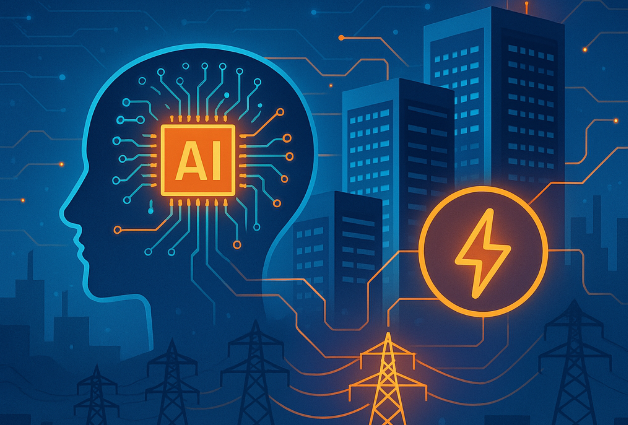India has presented the PARAM Rudra, its newest supercomputer marvel, as a major step towards enhancing its scientific capabilities. The National Supercomputing Mission (NSM) has achieved another major milestone with the deployment of three new PARAM Rudra Supercomputers in India, a major advancement in scientific computing.
These supercomputers, created by the Centre for Development of Advanced Computing (C-DAC), are expected to improve the country’s research environment in some fields, such as artificial intelligence, drug development, and climate modeling. What you should know about this ground-breaking project is provided here.
Prime Minister Narendra Modi dedicated these supercomputers, which were constructed in-house at Rs 130 crore, to the country. They are strategically placed in Delhi, Pune, and Kolkata to advance scientific research in fields like astronomy, material science, and earth sciences.
PARAM Rudra Supercomputers: What Are They?
A strong computing ecosystem for scientists and researchers throughout India is the goal of the National Supercomputing Mission (NSM), which includes the PARAM Rudra supercomputers. With its state-of-the-art setup, PARAM Rudra can achieve up to 6.5 petaflops of maximum performance. Its high processing capacity puts it in the top tier of supercomputers worldwide, enabling hitherto impossible complicated simulations and data analysis.
High-speed computational systems called the PARAM Rudra Supercomputers were created to facilitate cutting-edge research in areas like:
Astronomy: PARAM Rudra will be used by the Giant Metre Radio Telescope (GMRT) in Pune to examine astronomical phenomena such as Fast Radio Bursts (FRBs).
Material Science and Atomic Physics: Advanced materials and atomic interactions research will be facilitated by the technology at the Inter-University Accelerator Centre (IUAC) in Delhi.
Cosmology & Earth Sciences: The supercomputer at the SN Bose Centre in Kolkata will facilitate state-of-the-art research aimed at comprehending the universe and Earth.
Important attributes and details
With its cutting-edge GPU capabilities and state-of-the-art CPUs, the PARAM Rudra can handle a broad range of computational workloads. It consists of:
Scalable Architecture: Future hardware and software improvements are made possible by the architecture’s scalability.
High-Speed Interconnects: Effective communication between nodes is ensured by optimum data transfer rates made possible by cutting-edge networking technology.
Energy Efficiency: In line with international sustainability standards, the supercomputer places a strong emphasis on energy efficiency.
User-Friendly Environment: To make the system accessible to a larger user base, C-DAC has made sure that it supports several software frameworks and programming languages.
Why Do We Need These Supercomputers?
Supercomputing is essential to modern science, enabling simulations of quantum physics, drug development, and climate modeling, among other things.
These algorithms are particularly helpful for difficult jobs like weather forecasting, which allows for hyper-local, precise forecasts that have a big impact on industries like disaster relief and agriculture.
NSM: The National Supercomputing Mission — A Step Toward Independence
To advance India’s technological self-sufficiency, the National Supercomputing Mission (NSM) was established in 2015 to develop cutting-edge computing systems on a national scale.
The NSM is a collaborative effort between the Department of Science and Technology (DST) and the Ministry of Electronics and Information Technology (MeitY). It is carried out by the Indian Institute of Science (IISc) and the Center for Development of Advanced Computing (C-DAC).
Enhancing Each Other: High-Performance Computer Systems for Meteorology
Prime Minister Modi also unveiled a High-Performance Computing (HPC) system devoted to weather and climate research in addition to the PARAM Rudra systems.
These technologies, which go by the names Arka and Arunika, are anticipated to significantly increase India’s capacity to forecast severe weather conditions including heat waves and cyclones.















